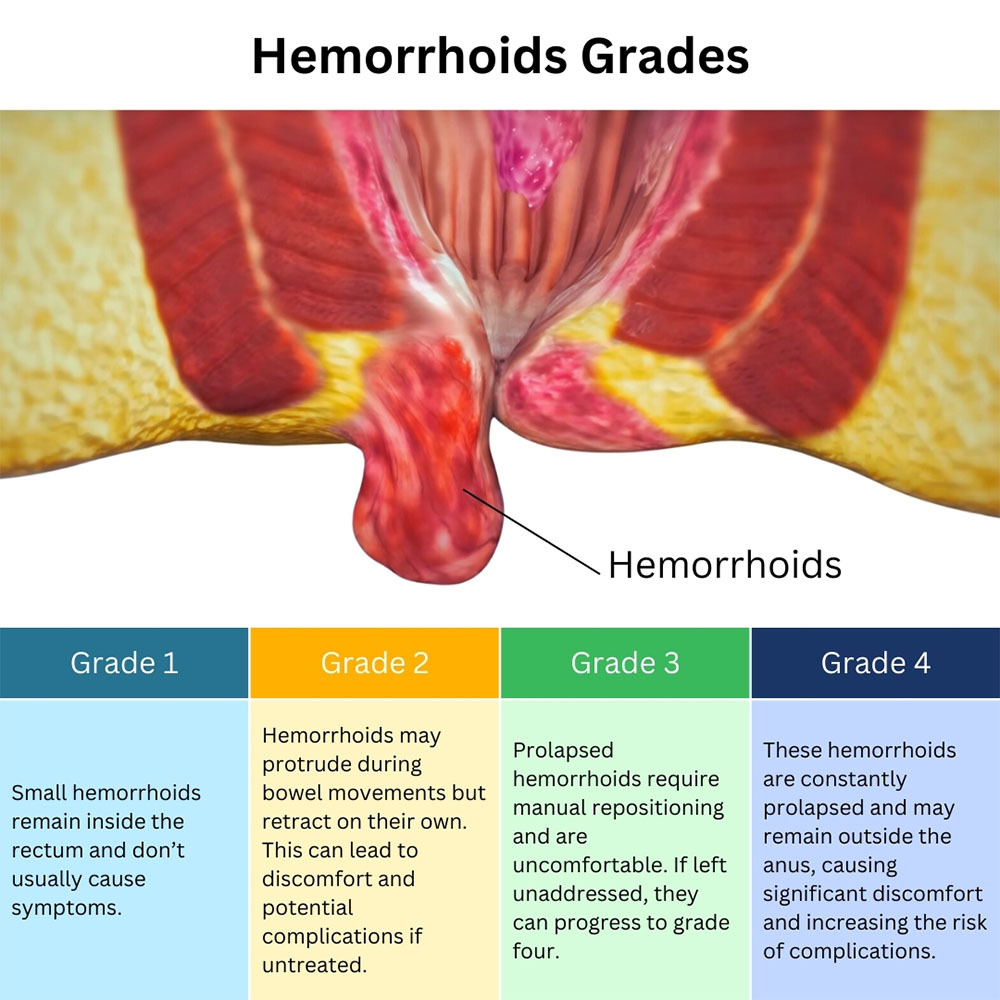
You may not be eager to talk about hemorrhoids, but a visit to a vein doctor in Brooklyn helps you feel more comfortable about a conversation. Your vein specialist in Brooklyn at Astra Vein & Fibroids Treatment Center describes the uncomfortable anal bumps and their treatment. Dr. George Bolotin, a vein specialist, wants you to feel better, while avoiding further complications. Call the practice today to get rid of your hemorrhoids.
Hemorrhoids, sometimes referred to as piles, are a common and usually uncomfortable condition. They occur when the veins in and around your anus and lower rectum become swollen and inflamed due to pressure or strain. Like varicose veins, these vessels become stretched, bulging and irritated under pressure. Hemorrhoids range in different sizes from small lumps to noticeable swellings. You may detect them because of itching, burning, pain and bleeding during bowel movements.
Like treatment for varicose veins, you must find the right kind of doctor to treat hemorrhoids. Varicose vein treatment in Brooklyn is performed regularly by Dr. George Bolotin, a skilled vein specialist and interventional radiologist at Astra Vein & Fibroid Treatment Center. Specializing in internal and external hemorrhoid treatment, Dr. Bolotin and his team use advanced methods to spot signs of dangerous bleeding thrombosed hemorrhoids. They help you get rid of hemorrhoids fast.
Internal hemorrhoids don’t have a visible appearance because they form inside your rectum. You may not even notice them until they become irritated or prolapsed. But if internal hemorrhoids become swollen or irritated, they extend outside the anal opening. You may notice small, soft, pinkish or reddish lumps appearing around your anus during bowel movements. These lumps might retract on their own after you go to the bathroom.
Symptoms that often signal internal hemorrhoids include:
Brooklyn vein center doctors use a hemorrhoid grading system to identify the severity of internal hemorrhoids. This helps you understand what yours might look or feel like if they’ve prolapsed.
Your vein specialist in Brooklyn uses tools like an anoscope to examine your rectum, pinpointing the location and size to determine the severity grade of your hemorrhoids:

You can easily recognize external hemorrhoids since they develop just under the skin around your anus, which makes them more noticeable than internal hemorrhoids. These hemorrhoids appear as swollen, bulging lumps or bumps right around your anal opening. You can often see or feel them by touch. You may notice one or more of these bumps directly surrounding the anal area. They also can cause pain during sex.
Characteristics of external hemorrhoids include:
If you’re experiencing bleeding hemorrhoids, there are several effective treatments for hemorrhoids that your vascular specialist in Brooklyn, NY recommends to reduce symptoms, including home remedies and OTC treatments.
And if your external hemorrhoids don’t respond to home remedies, certain medical procedures may help such as:
If you notice a painful, dark lump around your anus, it may be a thrombosed hemorrhoid. This type of external hemorrhoid occurs when a blood clot forms within the swollen vein that makes it distinct from other hemorrhoids. This clot increases pressure and swelling and makes the hemorrhoid more painful especially when you’re sitting, walking or using the restroom.
Thrombosed hemorrhoids have certain features that make them different including:
If you’re experiencing a painful or large thrombosed hemorrhoid, your doctor may recommend a minor medical procedure for faster relief such as hemorrhoid thrombectomy in which the physician makes a small incision to remove the blood clot from the hemorrhoid. This procedure provides almost immediate pain relief and is typically performed in a vein clinic in Brooklyn with a local anesthetic. A hemorrhoidectomy may be recommended if your hemorrhoids are large or persistent. This is a more involved procedure that removes the hemorrhoid completely.
Dr. Bolotin helps you navigate everything you need to know about hemorrhoids, from how long they typically last to when should you see a doctor. Contact Astra Vein & Fibroid Treatment Center at the first signs of hemorrhoids to prevent further complications and to feel better.
Vein & Vascular Medical Care
4209 Ave U, Suite A.
Brooklyn, NY 11234
(347) 934-9068
Vein & Vascular Medical Care
869 E Tremont Ave
Bronx, NY 10460
(929) 447-4563